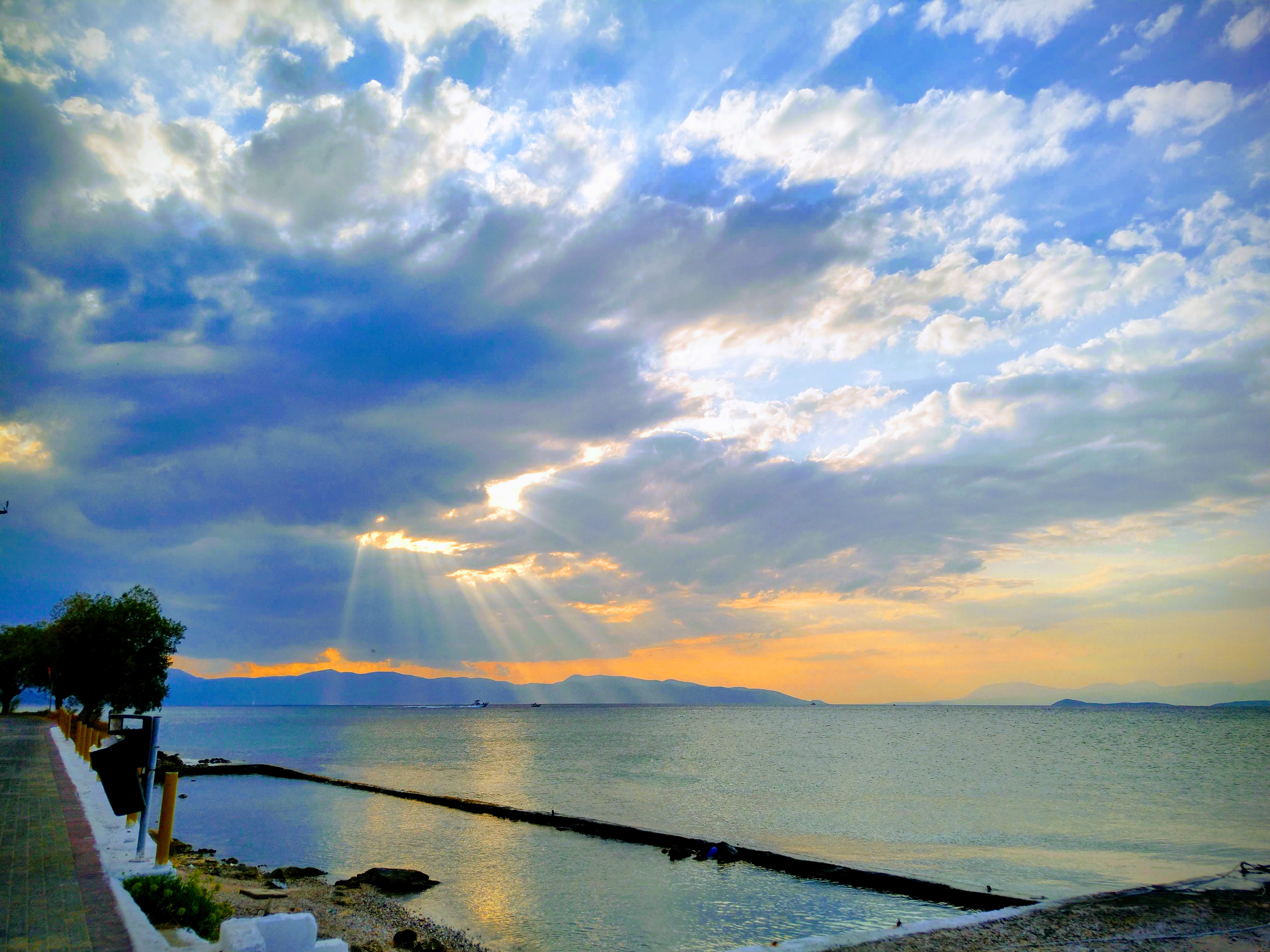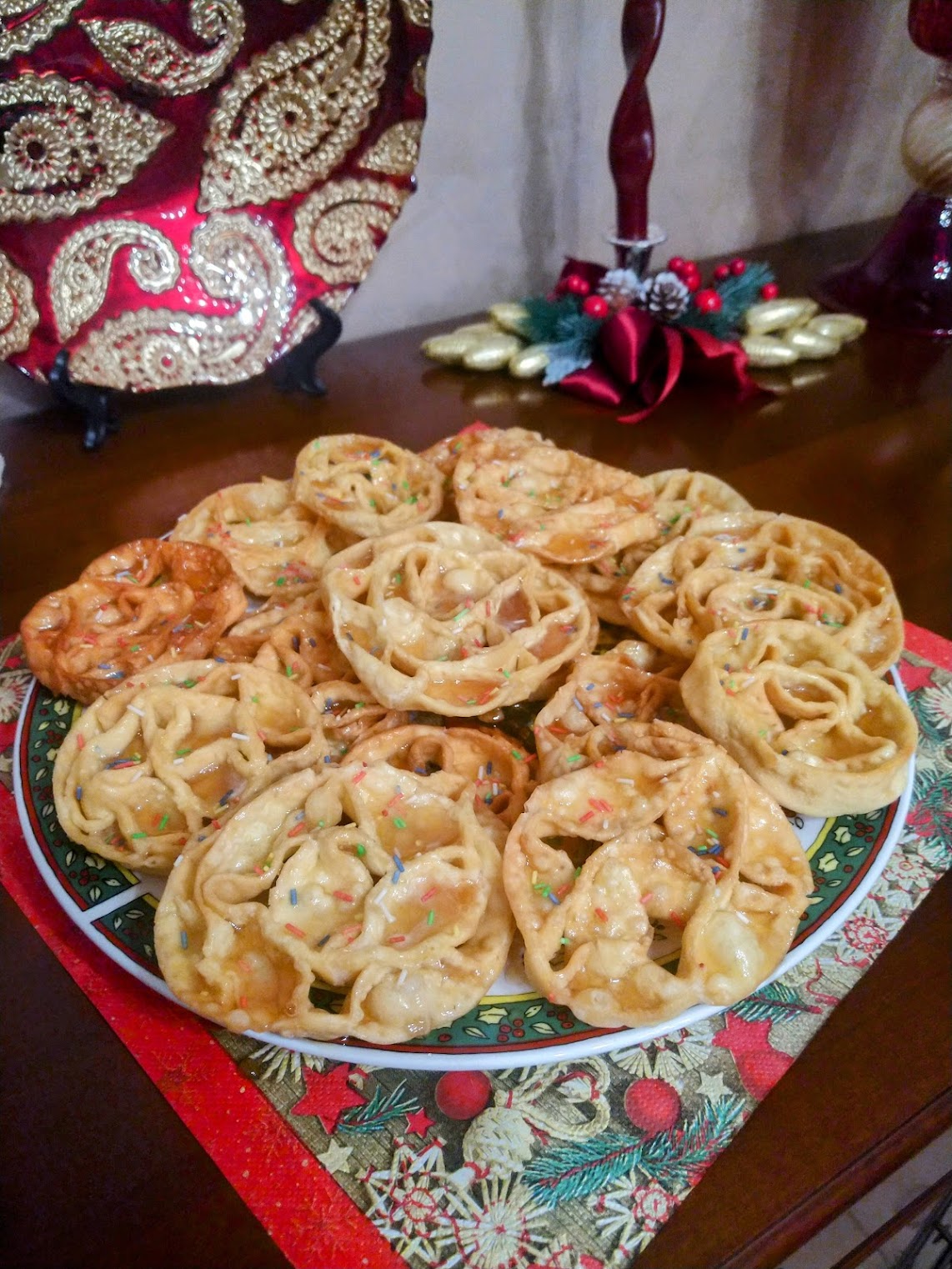Salvation and performance
In many traditional ballets, salvation or redemption emerges as the key narrative element — the resolutionof a complex dramatic plot. The figure who brings about this resolution acts as the agent of transformation, the catalyst who restores balance or offers hope. Over time, choreographers have reimagined these redemptive arcs, altering the course and meaning of the stories they bring to life, shaped by their ideological leanings and the historical contexts in which they worked. Depending on the identity of the resolving agent, different scenic perspectives and dramaturgical outcomes unfold. Moreover, dance itself — even abstract ballet devoid of narrative — invites reflection on the transience of the human body. As a form of art rooted in something so fragile, fleeting and mortal, dance constantly raises questions about presence, disappearance and the possibility of achieving salvation through permanence. These themes have been central to my writing on performance and dance.
Modern Figures (Racines) – Paris Opéra Ballet
Giselle Status (Giselle) – Paris Opéra Ballet
On Love and Mortality (Romeo and Juliet) – Dutch National Ballet
Song of Resistance (Joséphine / Le sacre du printemps) – Théatre des Champs-Elysées, Germaine Acogny et l’École des Sables
A Starry Night in Verona (Roberto Bolle and Friends) – Arena di Verona
No Escape to the Dream (Il lago dei cigni) – La Scala
Toward Azure Distances (Spectacle de l'École de Danse) – Paris Opéra Ballet
Emerging Voices at the POB (Danseurs Chorégraphes) – Paris Opéra Ballet
The Resistance of Love (Sylvia) – Paris Opéra Ballet
Beauty Reawakens (La belle au bois dormant) – Paris Opéra Ballet











